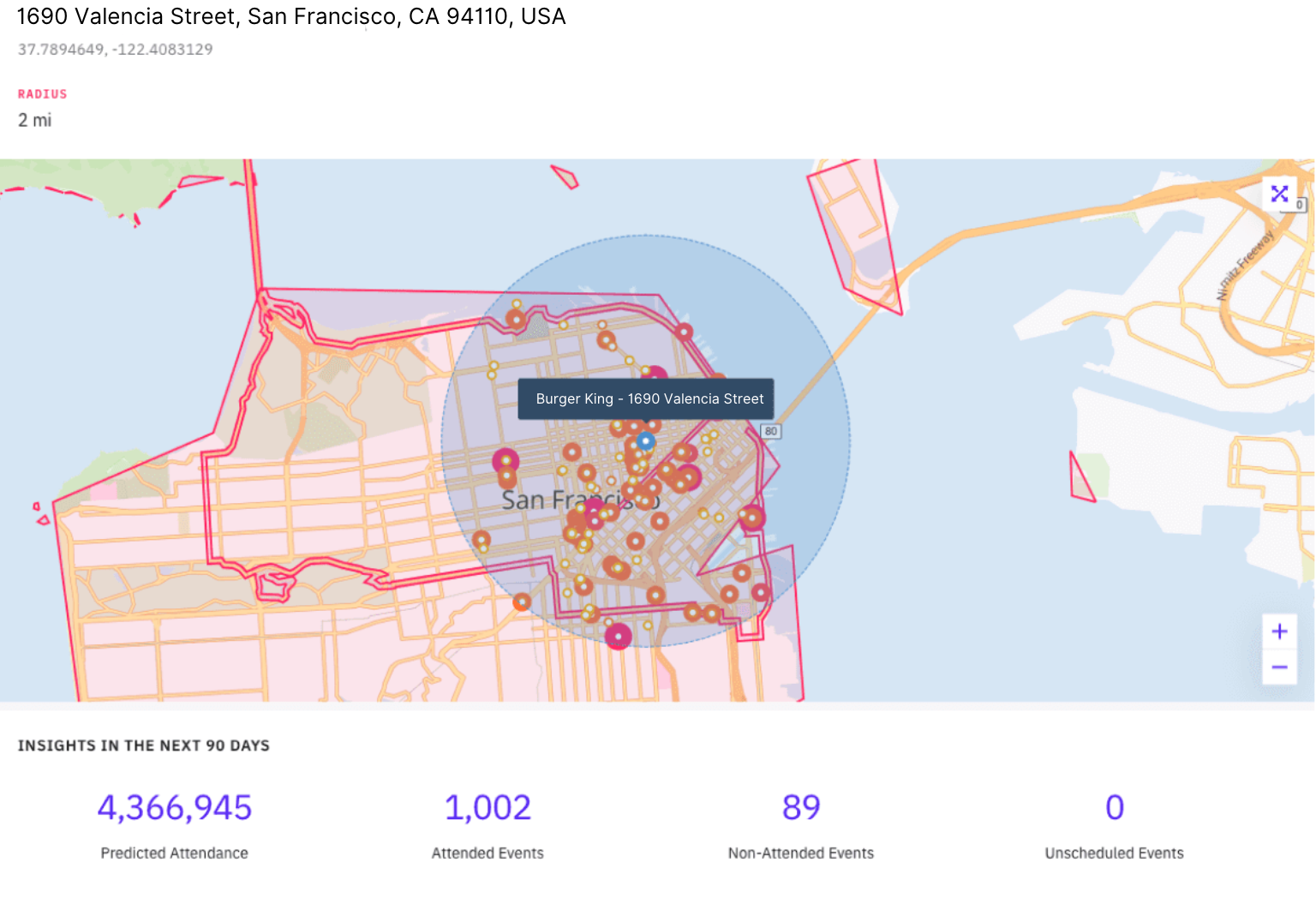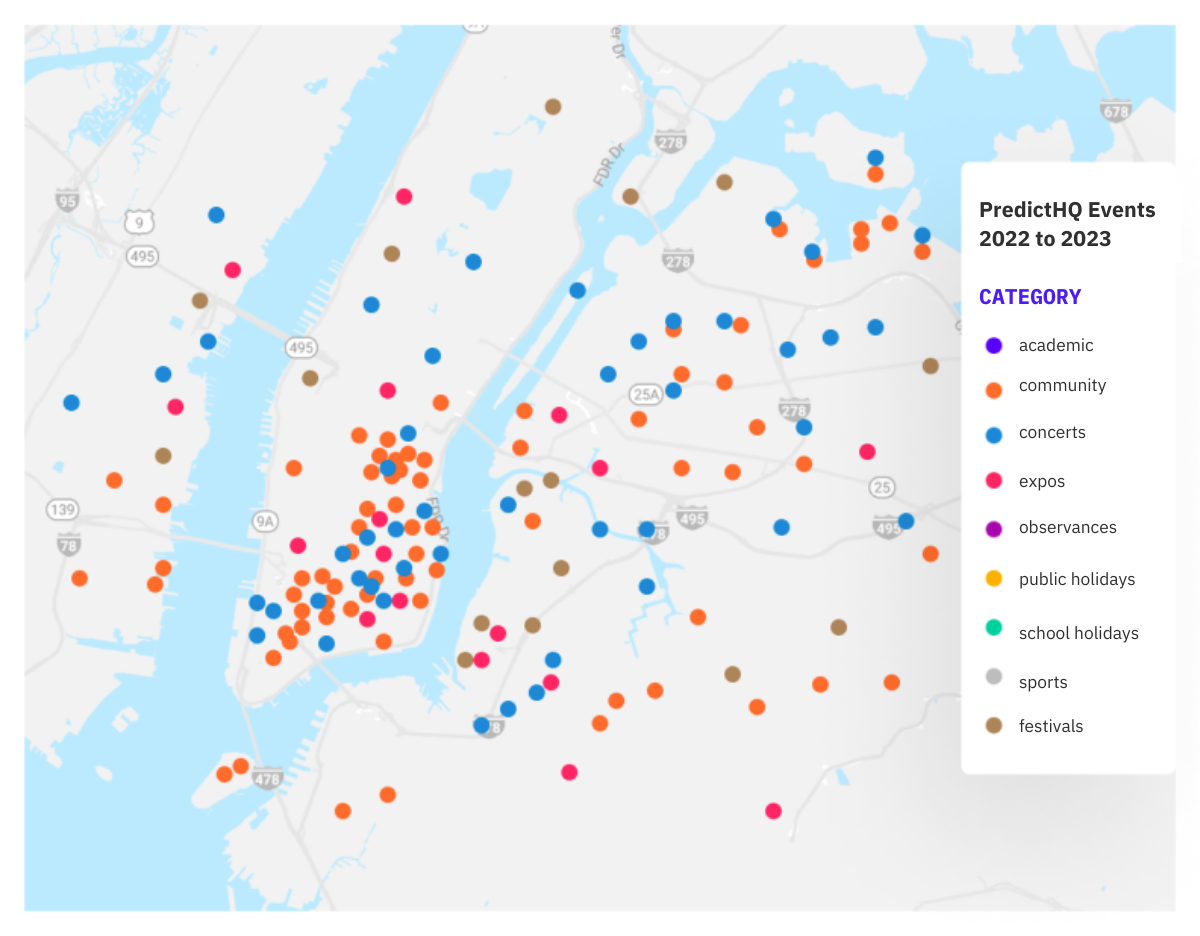How restaurants are reinventing themselves with technology

From an international pandemic, climate change, wars, and many changes in consumer behavior, the restaurant industry has been through several challenges over the past three years. Global events like the Russian and Ukraine conflict are disrupting supply chains and driving up the cost of food by 10%, which is hitting operators and consumers hard. The question for many leaders in the restaurant space right now is “How can we provide more value as prices rise and consumer pockets tighten?”
For many, the answer has been a focus on innovating to improve the customer experience. New technology and big data are powering tailor-made menus, specialized loyalty programs, and more that add a competitive flair and sweeten the deal for customers who are looking for the most bang for their buck. By collecting data about their customers' preferences, restaurants are able to boost personalization for their customers and create loyalty programs that are closely aligned with their individual needs.
But with the rise of data privacy laws, restaurant operators are hedging their bets by exploring privacy-safe data such as intelligent event data to better understand their expected demand shifts from events in order to make better and more data driven decisions around everything from labor to marketing and promotions. Event data provides real-world information about events of all sizes that impact restaurants, including:
Event category: The type of event such as: concerts, sports, live TV events, conferences, school holidays or others
Event location: An event’s precise location represented by address, longitude/latitude, or by a polygon representing the area of event impact
Predicted attendance: Event volume, or the predicted number of attendees based on venue size, ticketing data, historical data, and more
Predicted event spend: The dollar figure that reflects the predicted amount of retail, accommodation, and transportation spending in a specific location due to that event.

Intelligent event data tells you where and when large numbers of people will be with accuracy, which restaurants use for a variety of strategies, including how to create relevant and timely marketing and promotions. Restaurants target customers with event-based ads and offers without the need for sensitive data. For example, advertising for event-based specials and promotions during a sports game, conference, or concert within close proximity to your restaurant locations.
How QSRs are using new tech to combat the labor shortage
Another major pain point for restaurants right now is the ongoing labor shortage, with 2 million job openings in the sector, and the average restaurant employee turnover rate now at 32%, up from 23% and much higher than the national average of 18%. The shortage has made it difficult to find and retain staff – which for most restaurant operators, leads to a number of issues including decreased productivity, higher employee stress levels, and lower customer satisfaction.
How are the big names in the industry working around this challenge? Without enough hands on deck, they’re relying on customer-facing technology and data-driven demand planning to better manage the employees they do have. For example:
Artificial intelligence: McDonald’s AI-powered drive-thru windows ensure efficient ordering and keeping customers satisfied.
A focus on self-service: KFC is rolling out self-service kiosks internationally, allowing customers to order and pay for their meals without the need for a cashier.
Intelligent event data: Some of the top fast casual brands in the US are using event data to accurately predict peak days ahead of time and aligning staffing schedules to match.
To remain competitive during times of labor shortages, rising costs, and fluctuating market patterns, it’s key for restaurants to focus on accurate demand planning for each of their restaurant locations. In response, some restaurants are using intelligent event data to view upcoming events near their locations and gain a better understanding of incoming demand.
With this data, restaurants are able to better align their staffing to their demand, helping guarantee the best customer service for customers without increasing employee stress, or having to pay for costly overstaffing at the individual restaurant level.
The good news is you don’t have to be an industry leader, or even have a dedicated data team to incorporate intelligent event data into your demand planning. Follow these four simple steps to make your demand strategies real-world aware and position your restaurant for success in the current market.
Four steps to enhance demand planning with event data
1. Reveal which events matter most to your business
Each company's demand drivers vary based on their locations, target market demographics, and operational priorities. For example: for one of the top 10 QSRs in the US, heat waves drive demand for ice cream up by 124% – but for their burgers, down by an average of 41%
This is why it’s critical for companies to use a data-driven process to determine what types of events impact their business. Discover the events that have historically driven demand for your restaurant securely with PredictHQ – trusted by top restaurant operators in the world.
2. Track events impacting your restaurant locations
You don’t need to be a data scientist to get value out of intelligent event data. Within our user-friendly web application, there are several features that help you identify events that drive demand for your restaurants.
Track your locations by street address to see a 90-day overview of events taking place within proximity to them, along with:
Predicted attendance
Predicted event spend
Precise geographical location
3. Visualize and share the data
Once you have a better understanding of local demand and the events that will impact your restaurant, it’s time to arm your team with the data they need to make informed decisions around staffing, inventory, and more. Share event data via a list of events, a calendar view, or an interactive map view that is easy for the whole team to understand. Or, plug event data into your existing business intelligence or data visualization tools.

4. Update operations to match incoming demand levels
By incorporating this granular data into your planning or forecasts, you can accurately predict when and where there will be spikes in demand, and plan accordingly in several ways:
Forecast the impact of events for each of your restaurant locations
Schedule enough employees to handle a higher volume of orders
Prepare for and work around supply chain-disrupting events
Power faster delivery times by staffing more drivers in high-demand areas
Smarter demand planning and forecasting needs external data to learn and adapt. With intelligent event data informing your planning, you can optimize operations to capitalize on periods of higher and lower demand. This saves QSRs millions each year in labor-related costs, food wastage, and more.
PredictHQ collects and verifies billions of data points from across the globe so you can integrate intelligent event data into your demand planning. Make data-driven decisions about staffing, inventory, delivery, and more with insight driven by 19 categories of events tracked across 30,000 cities and counting. Sign up for your free account today to explore events with our web application or APIs.






